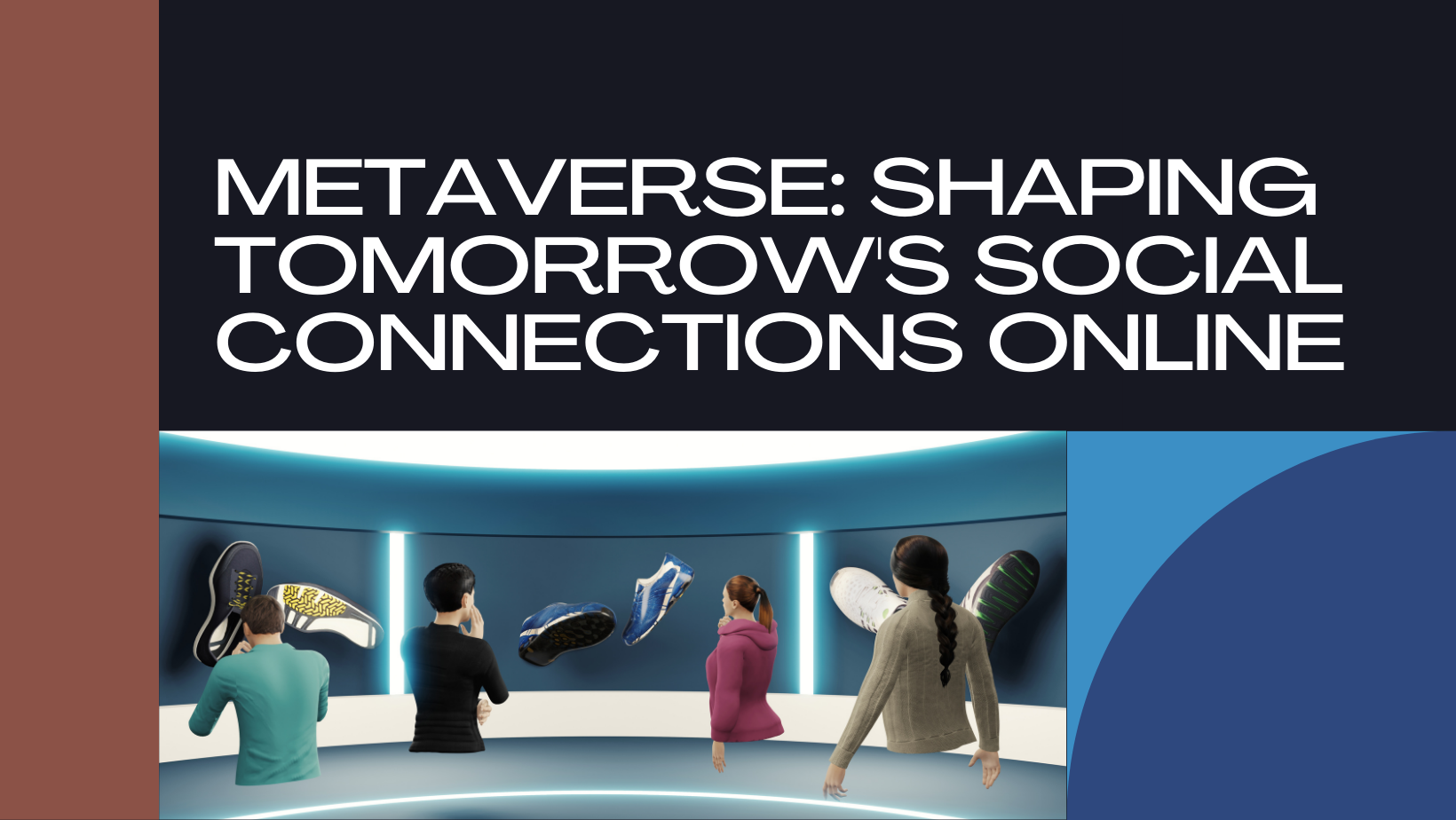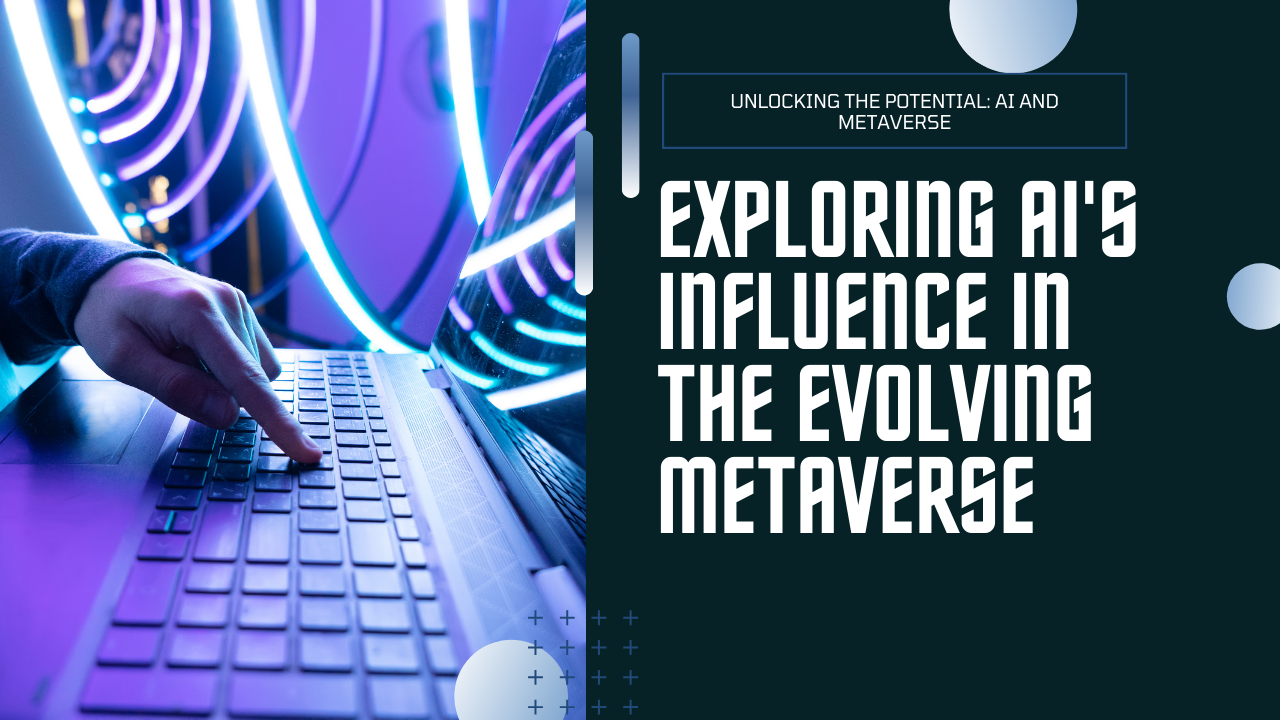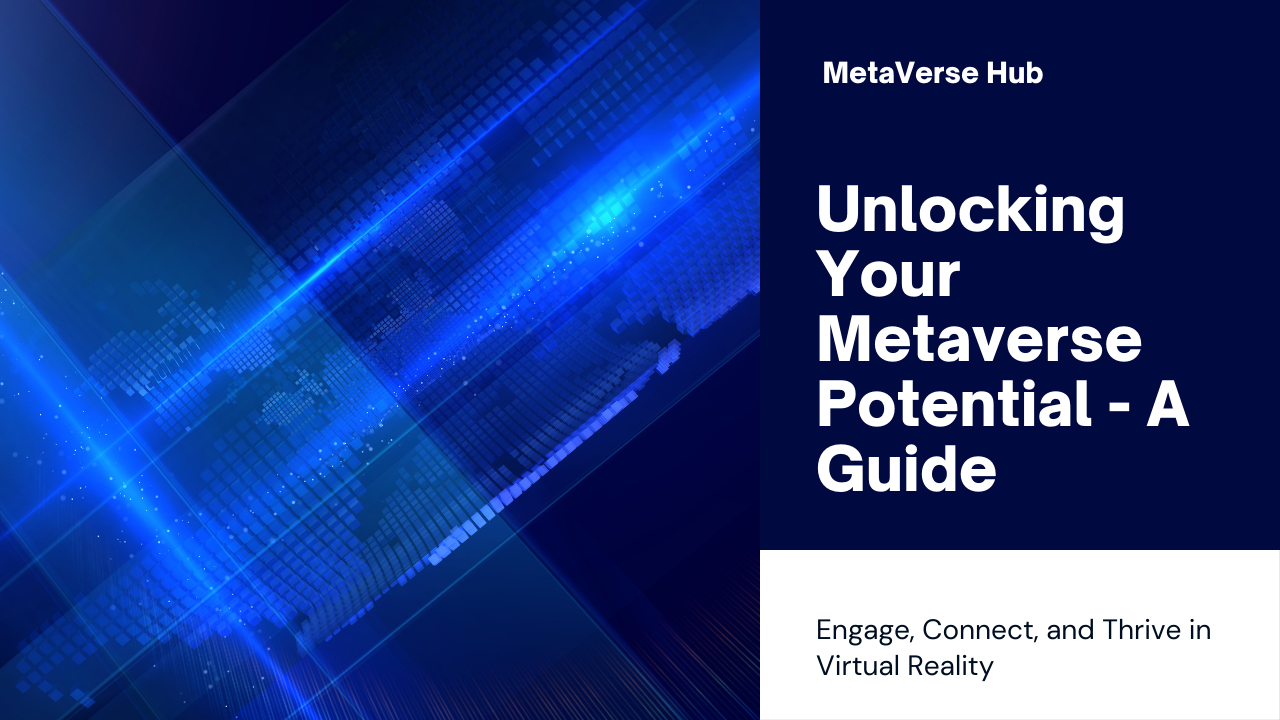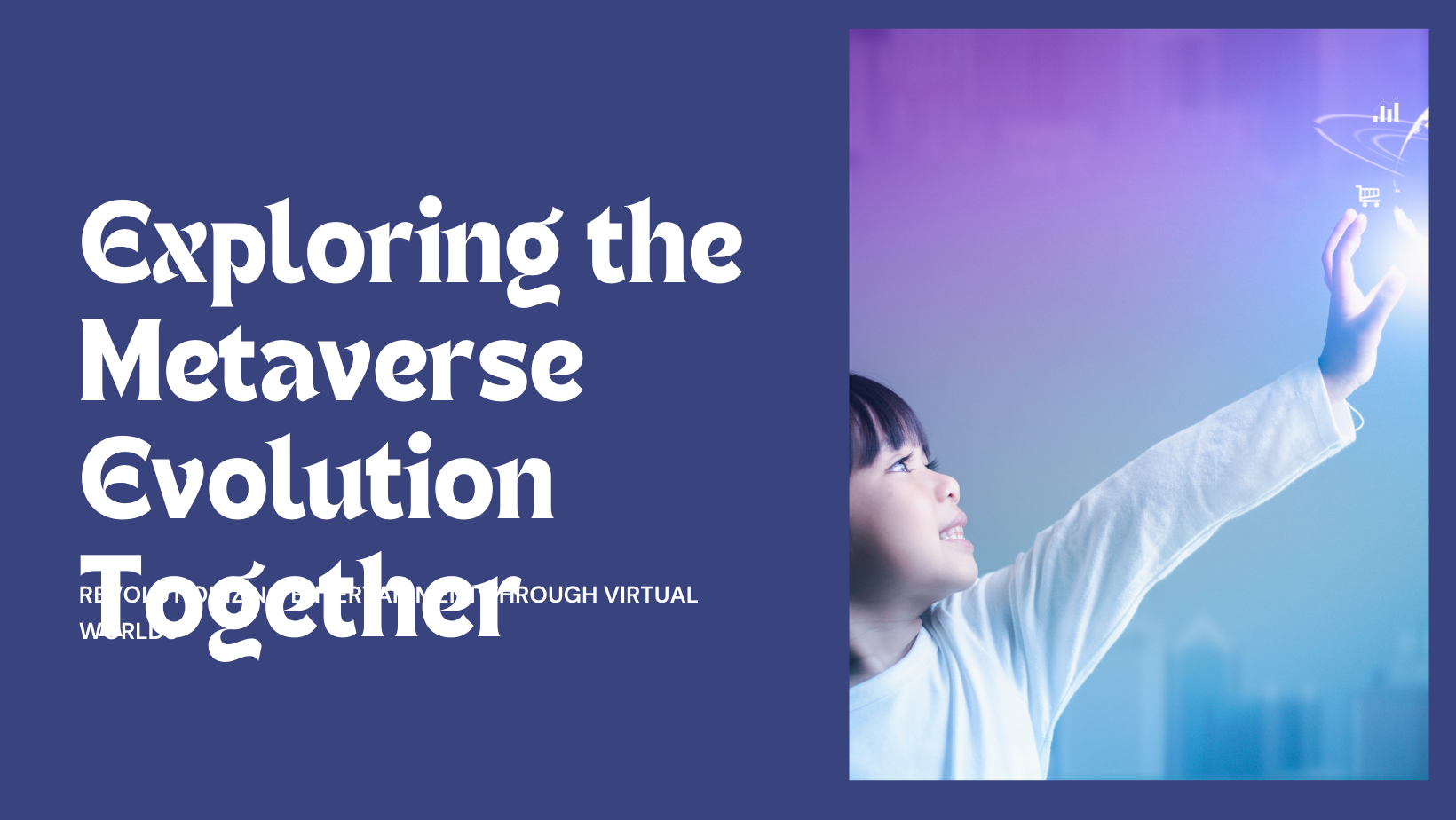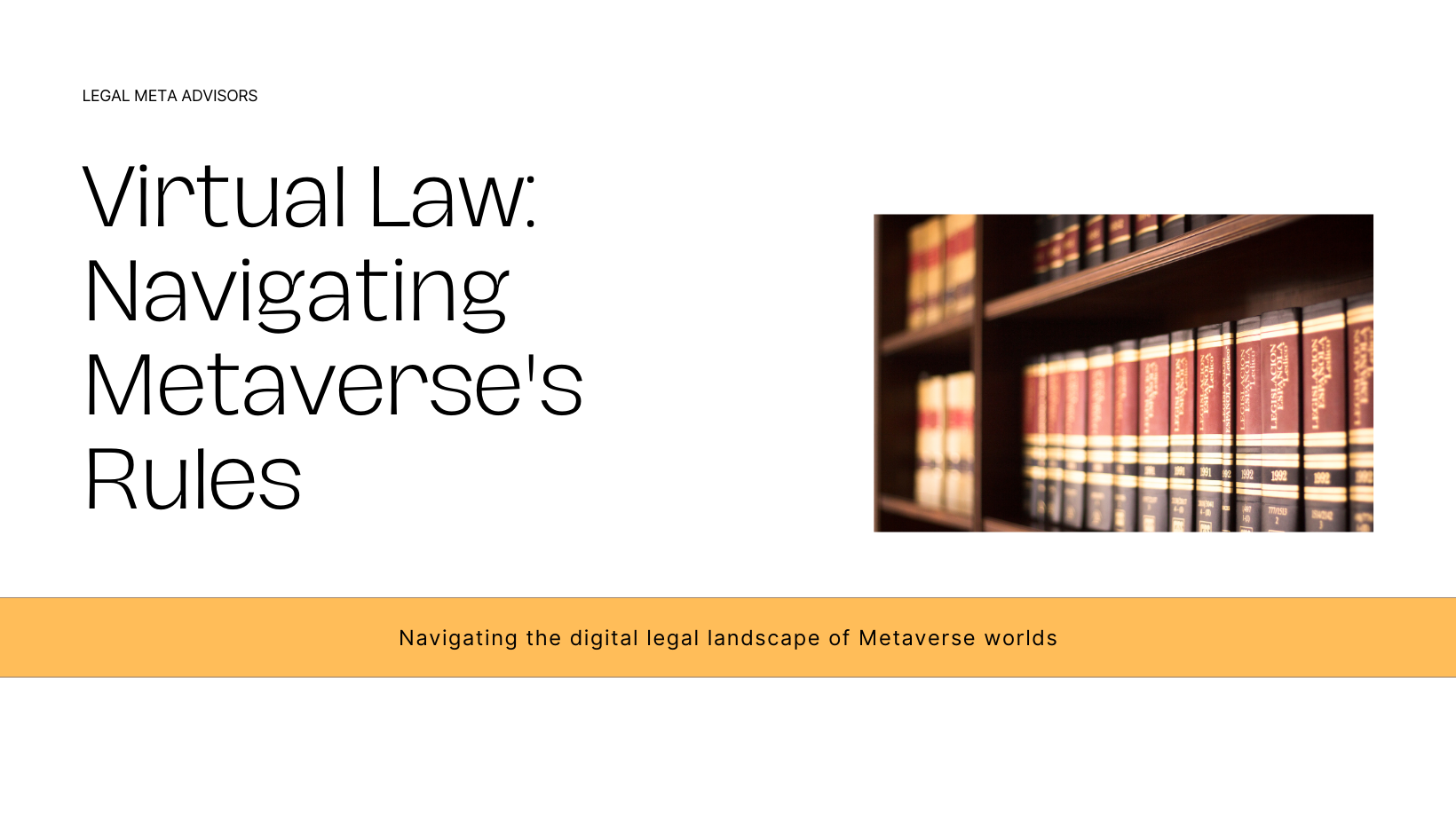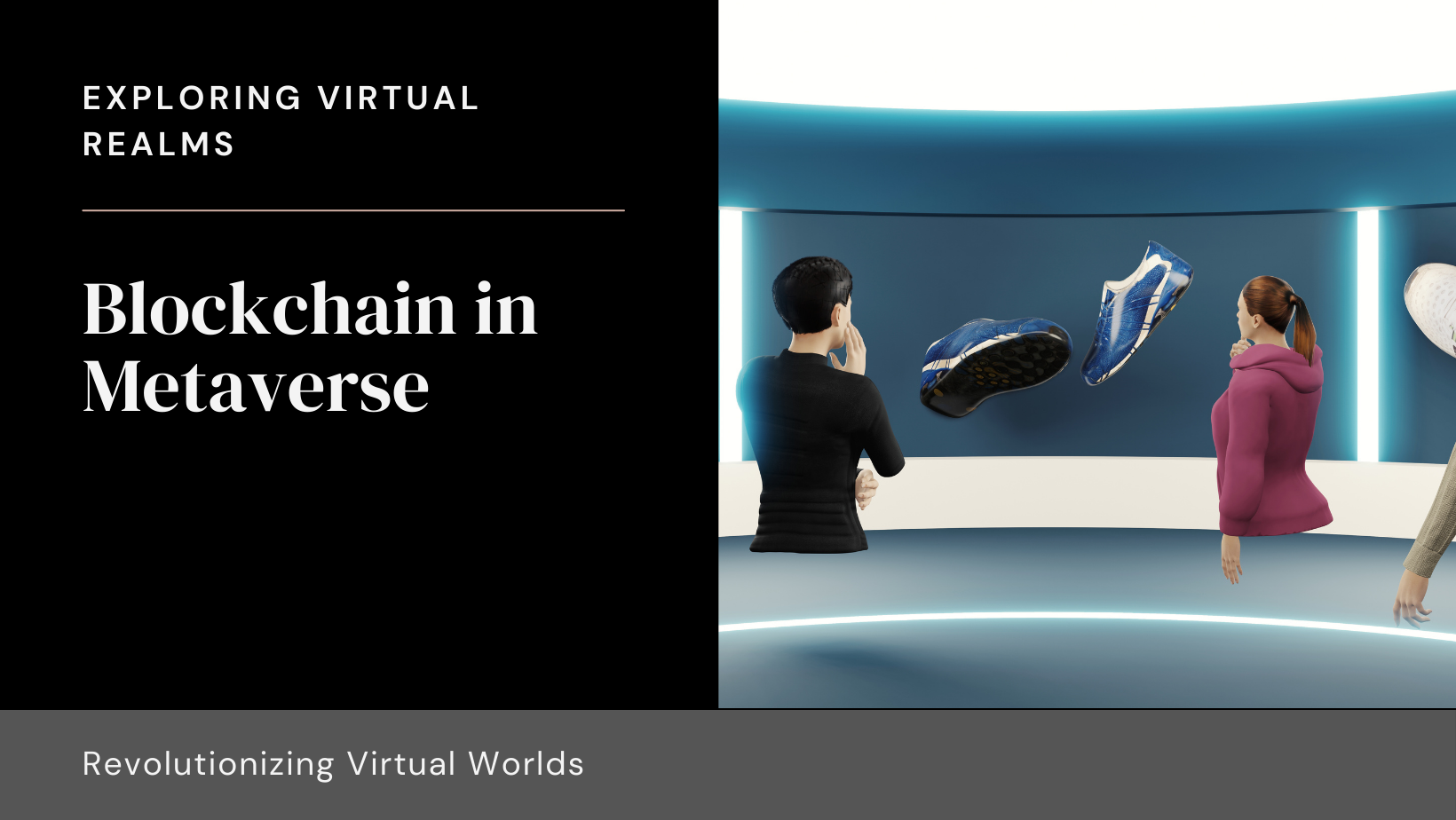In the ever-evolving landscape of digital innovation, the concept of the Metaverse has emerged as a transformative force that extends beyond traditional boundaries of social interaction. This blog delves into the profound implications of virtual and augmented realities on social dynamics, exploring how these immersive technologies are reshaping human connections, community engagement, and digital interactions in unprecedented ways.
Understanding the Metaverse and Social Interaction
The Metaverse represents a collective virtual space where users interact, communicate, and collaborate through avatars, virtual environments, and digital experiences. It encompasses diverse platforms, including virtual reality (VR), augmented reality (AR), and mixed reality (MR), fostering immersive and interactive social interactions across geographical distances.
Impact of the Metaverse on Social Dynamics
- Enhanced Connectivity and Global Reach:
- Virtual Communities: Facilitate the creation of virtual communities, social hubs, and digital neighborhoods within the Metaverse. Users can connect with like-minded individuals, form friendships, and participate in shared interests and activities, transcending physical limitations.
- Global Accessibility: Bridge geographical distances and cultural barriers, enabling users from around the world to engage in real-time conversations, collaborative projects, and cultural exchanges within virtual environments.
- Personalized and Immersive Experiences:
- Avatar Representation: Empower users to customize avatars, express individual identities, and embody diverse personas in virtual settings. Avatars serve as digital representations that reflect personal preferences, styles, and social interactions, enhancing self-expression and social presence.
- Immersive Environments: Create immersive social experiences through virtual gatherings, interactive events, virtual conferences, and digital hangouts. These environments simulate real-world interactions, gestures, and non-verbal cues, fostering a sense of presence and emotional connection among participants.
- Collaborative and Creative Engagement:
- Virtual Collaboration: Enable collaborative workspaces, co-creation tools, and interactive platforms within the Metaverse. Users can collaborate on projects, brainstorm ideas, and contribute to creative endeavors in real-time, fostering innovation and teamwork across disciplines.
- Digital Expression and Artistic Freedom: Showcase creative talents, artistic expressions, and digital artworks within virtual galleries, museums, and exhibition spaces. The Metaverse provides a platform for artists, creators, and performers to share their work, engage with audiences, and cultivate online communities.
Societal Implications and Cultural Shifts
- Digital Citizenship and Ethical Considerations:
- Digital Identity and Privacy: Address concerns related to digital identity, data privacy, and cybersecurity within virtual environments. Implement robust security measures, user consent protocols, and ethical guidelines to protect user information and uphold trust in digital interactions.
- Community Guidelines and Governance: Establish community standards, moderation policies, and governance frameworks to promote respectful behavior, combat harassment, and maintain inclusive virtual spaces that prioritize safety and well-being.
- Educational and Learning Opportunities:
- Virtual Learning Environments: Transform education with immersive learning experiences, virtual classrooms, and interactive simulations within the Metaverse. These environments support personalized learning pathways, experiential learning, and global collaboration among students, educators, and lifelong learners.
- Professional Development and Training: Enhance workforce training, skills development, and professional networking through virtual workshops, corporate training programs, and remote collaboration tools. The Metaverse offers opportunities for continuous learning, career advancement, and industry-specific certifications in virtual settings.
Future Outlook and Innovation
As the Metaverse continues to evolve, the integration of artificial intelligence (AI), machine learning (ML), and spatial computing technologies will further enhance social interactions, user experiences, and digital immersion within virtual environments. Innovations in haptic feedback, spatial audio, and real-time interactions will redefine how users perceive, engage, and communicate in virtual spaces.
Conclusion
In conclusion, the Metaverse represents a paradigm shift in how individuals, communities, and societies interact, communicate, and collaborate in digital environments. By leveraging immersive technologies, fostering inclusive communities, and embracing digital innovation, stakeholders can harness the transformative potential of the Metaverse to shape the future of social interaction and cultural exchange in the digital age.
Stay informed about the latest developments in the Metaverse and digital innovation by following Sodio Technologies’ blog. Join us on our journey to explore new frontiers, empower global connectivity, and reimagine social dynamics within virtual worlds.
